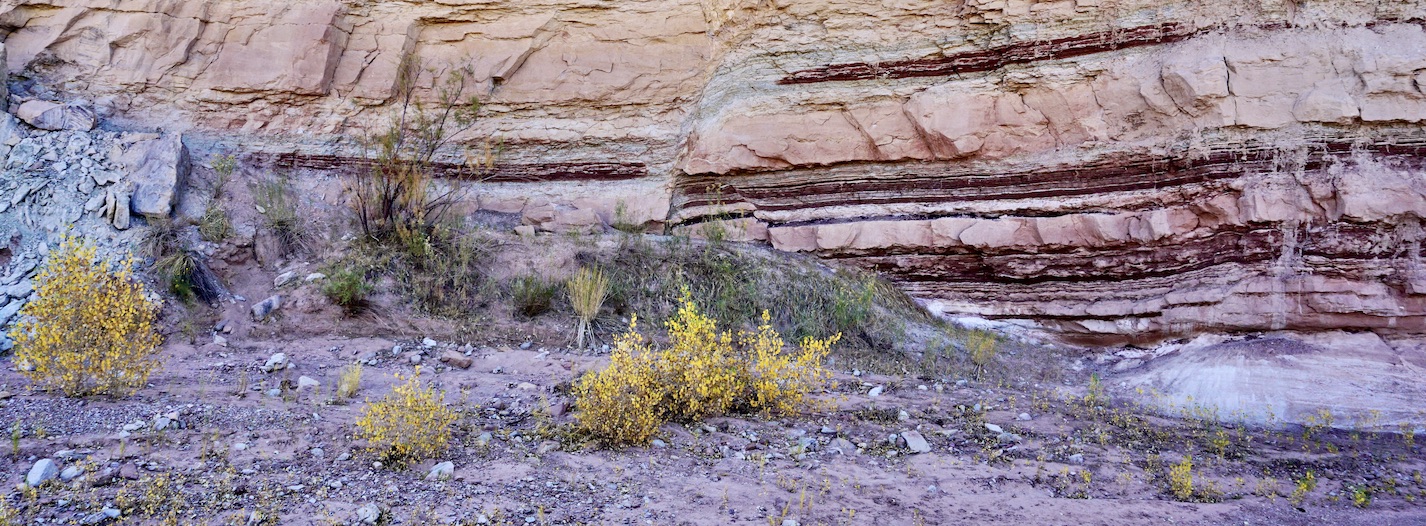
Online Short-Course on Regional Structural Styles of Extension, Contraction, Strike-Slip and Inversion
Course Details
Welcome to the Online Short-Course on Structural Styles. We understand that with the global pandemic, oil price crash, and with most companies slashing training budgets, travel expenses are the biggest hurdle in getting the training you need.
Starting in 2015 we were the first online geoscience course provider that included live lectures, exercises, and modules that you can pick and choose. Although we recommend that you complete all modules in the correct progression, we understand the time and budget constraints, therefore you have the flexibility of choosing what modules to take and the order in which you complete them.
Course notes and exercise materials will be provided to you using a dropbox link. The price of individual modules is $250 and if you choose to take all modules together you can do so for $1250 if you’re a professional, $600 if you are a student. We give additional discounts as well, e-mail us to find out if you are eligible.
Each module runs for 3-hours and is taught live on Zoom so you have an opportunity to be interactive and ask the instructor questions. If you want a sample of the instructor’s teaching style you can watch this youtube webinar.
This course is scheduled to run between Feb 22-26, 2021 between 11:00 AM and 2:00 PM US Central Time.
Who Should Attend
• Geologists • Geophysicists • Petrophysicists • Engineers • Graduate Students (Masters or Doctorate)
All who want to develop a thorough understanding of structural geology and hydrocarbon migration and entrapment.
Need more information?
Course Outline
Module 1
This course will cover the different structural styles including the type of faulting to expect, the kinematics of faulting for proper structural cross-sections and maps, stress regimes, and the impact of the mechanical stratigraphy on each style of faulting and fracturing that develops. Module 1 starts by looking at extensional structures from the rift scale down to the outcrop scale.
Module 2
Contractional deformation can occur through thick-skin (basement involved) or thin-skin (basement not involved) deformation, or both. In this module, we will look at each structural style along with the role of mechanical stratigraphy.
Module 3
This module will focus on the structural styles of strike-slip, including transpressional and transtensional structures that develop during wrench tectonics and at the macroscopic (field) scale.
Module 4
In this module, we will focus on reactivated structures including inversion, as well as transpression and transtension structures that develop in response to a preexisting structure. Examples include inverted rifts and structures that developed through multiple tectonic events.
Module 5
This module will be a brief introduction to salt tectonics in contraction and extension and how deformation differs in both passive and active margins.


